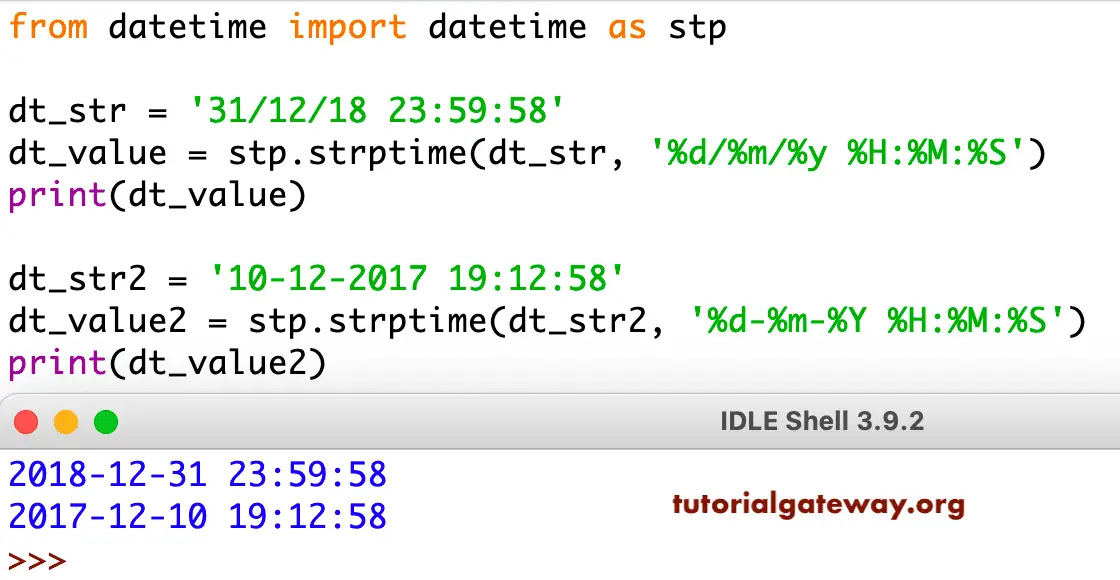

Instead, we work in terms of years, months, days, and so forth.


Unix time is how computers count time, but it would be incredibly inefficient for humans to determine the time by calculating the number of seconds from an arbitrary date. The UTC offset for Nepal, for example, is +05:45, or positive five hours and forty-five minutes from UTC. Other regions have different offsets, which may not be integer hours. So, during the winter, when daylight saving time is not in effect, the US Eastern time zone has an offset of -05:00, or negative five hours from UTC. The database contains a copy of all the designated time zones and how many hours and minutes they’re offset from UTC. This database is often included with your operating system, although certain applications may include an updated copy. IANA also releases regular updates that include any changes in time zone offsets. The Internet Assigned Numbers Authority (IANA) maintains a database of all of the values of time zone offsets. Instead, Unix time is typically converted to UTC, which can then be converted into a local time using time zone offsets. As you saw in the last example, Unix time is nearly impossible for a human to parse. In addition to Unix time, computers need a way to convey time information to users. In this example, you import the time module and execute time() to print the Unix time, or number of seconds (excluding leap seconds) since the epoch. There are some time zones out there with pretty funky shapes. Often, areas that are separated by large distances find themselves in the same time zone, and adjacent areas are in different time zones. However, for historical and political reasons, time zone lines are rarely straight. Ideally, time zone boundaries would follow lines of longitude exactly. Things get even more complicated when you consider time zones. Prior to 2007, clocks were set forward on the first Sunday in April and set back on the last Sunday in October. However, this has only been the case since 2007. In the United States and Canada, clocks are set forward by one hour on the second Sunday in March and set back by one hour on the first Sunday in November. One great example of this irregularity is daylight saving time. The Complexity of Time Data Programming.Working With Time Zones: Everything You Wish You Didn’t Need to Know.Computerphile: The Problem With Time & Timezones.Note: If you want to learn more about why time can be so complicated to deal with, then there are many great resources available on the web.


 0 kommentar(er)
0 kommentar(er)
